|
In a time when as a species we seem to be too often struggling to rediscover our connection with nature, we are able to shine a light on a notable green heritage in Henfield. To help inspire Sustainable Henfield 2030, take a look back at a life from Victorian Henfield... Charles Green was born in Lewes around 1826, but by the time of the 1841 Census, he had arrived in Henfield and was lodging at Church Street in the house of Sara Ward as a 15-year-old Apprentice Gardener. Each day, he would walk out of Church Street and proceed up the High Street towards Golden Square and work, where, for almost a century and a half, a great verdant mass of flora greeted visitors to Henfield - also unmistakable for those arriving across the Common or up Barrow Hill. This was the famed garden of the Italianate Barrow Hill House, home to William Borrer Esq., one of the foremost botanists of the first half of the 19th century, a particular expert on Salix and lichens (and recently featured in the museum's roving display case). Green had had the high good fortune to be taken on by Borrer. He no doubt collaborated closely over the next two decades, continuing to put the main physical manifestation of Borrer's life's work into the soil. By 1851, he was lodging at Chatfields with Daniel Buckwell and Daniel's wife Mary and daughter Harriett. Daniel too was a gardener and most likely also employed at Barrow Hill. In November 1856, Charles married Lucy Rowland, but their wedded life lasted only a little over a year. She was sadly to die aged just 29 in December 1857. Her grave today lies beside a yew tree in Henfield churchyard. Two small stones also lie at the foot - unreadable and although suggestive of children's graves at first glance, most likely footstones, moved later when the yews were planted for Victoria's Golden Jubilee. However, the timings suggest that the birth of her daughter was the likely cause of Mary’s death. By the time Borrer died in 1862 at the age of 80 - tragically from a cold caught attending the Christmas play of the school to which he had been a primary benefactor - Green had progressed from Apprentice Gardener to the Head Gardener of a nationally renowned botanical garden with over 6600 separate species of plants. He would likely have assisted with the subsequent transfer of many of the rarer plants to Kew Gardens (along with Borrer's Herbarium - his lifetime collection of books of dried specimens). By this point, he was living at Mount Pleasant, Weaver’s Lane on Henfield’s ridge, looking out towards the South Downs. A widowed father looking after his four-year-old daughter Lucy with help from his mother-in-law (also Lucy!). Green's photo was apparently taken at the garden of his next employer, William Wilson Saunders, who like Borrer was a fellow of the Linnean and Royal Societies and no doubt got the inside track on acquiring Green's talents after Borrer's death. In late 1863, Charles had also remarried to Emily - the sister of his lost wife Lucy. Green subsequently elevated Saunders' garden at Hillfield, Reigate to national horticultural fame. It apparently contained over 20,000 species and was 'one of the most extensive botanical collections then seen in a private garden'. Eleven years later Saunders suffered financial catastrophe and the collection was sadly dissolved in 'one of the greatest calamities that has befallen horticulture in our time.' Having to move on, Green ran a commercial nursery at Reigate for a few years where he continued to popularise plants and pioneer new hybrids. For example, at the January 1876 meeting of the Royal Horticultural Society, the Floral Committee voted him a botanical commendation for his submission of the other-worldly looking lithops succulent Mesembryanthemum truncalatellum, with thanks also given for his other submissions, including the orchids Masdevallia melanopus and polysticta (plus variants thereof). Before too many years had passed, Green was happily recommended to Sir George Macleay by Saunders, allowing him to move out of the commercial nursery business and back to his much-preferred world of private gardens. His final garden at Macleay's Pendell Court was described as containing 'one of the richest private collections of plants in Europe'. Both it and Hillfield were famed for their large greenhouses, particularly focused on orchids and ferns. Descriptions of both gardens still survive. Green died at Reigate at the age of 60 in 1886. Poignantly, it seems he wasn’t brought back to Henfield for burial beside his wife and children, and one side of the shared gravestone remains blank, awaiting an inscription never to come. Perhaps those dealing with the funeral simply weren’t aware of his family from thirty years prior in Henfield (*Update - see James Driver's comment below of 29th March 2023 for the remarkable likely reasons behind this). The anonymous author of his obituary in The Garden magazine stated that 'Few men of the present day possessed such an extensive knowledge of plants...and his love for all kinds of plants, especially those out of the ordinary run, was only rivalled by his skill in growing them.' Green was 'Unassuming in his manner, ever ready to impart information about plants, he won respect from everyone. His death is a real loss to horticulture, for it may truly be said that he was the means of preserving many a plant that would have been cast aside in accordance with the vagaries of fashion, and of rescuing other fine plants from the oblivion into which they had fallen.' The obituary also notes that 'Borrer's Garden contained one of the finest collections of plants, particularly of hardy perennials, then existent'. A touching anecdote was sent by letter to The Garden magazine in response to their previous publication of his obituary: 'Of all the plant growers that I have ever known, Green seemed to me to individualise and love his flowers with an affection I have never seen equalled. As a proof of this I may mention that he gave to me as the reason of relinquishing his nursery at Reigate...that he could not bear to part with the plants he had been tending for years. I remember his saying that to me in a quite broken-hearted sort of way, and as a nurseryman's business consists in passing things rapidly through his hands, Green soon had enough of it, and he was much more happy at Pendell Court. How successfully he managed that most splendid collection not a few can remember, but I have put together these few remarks to emphasise the fact that he loved his flowers as much as most men love their own children. H.E.' Green is still discussed today, cropping up in a journal article in May this year (with some recent research having discovered his photo and a little of his elusive story). Botanists at the University of Johannesburg discussed his likely commemoration in 1880 by the rockery plant Aloe greenii. Due to confusion with the name having already been used five years prior, they supported the renaming of this plant to Aloe viridiana, which still credits Green, if now a little more loosely. He is credited as having been the source of the name for several others, with more likely but not definitely attributed: * Sempervivum greenii ('houseleek', a succulent perennial) * Mormodes greenii (an orchid, flowered by Green's employer Wilson Saunders and named in Green's honour by J.D. Hooker in 1869) * Zygostates greeniana (an orchid, now renamed Centroglossa greeniana) * Streptocarpus ×Greenii (a Cape Primrose hybrid raised by Green ~1876 from S. saundersii - also named for Wilson Saunders - and S. rexii) - Possible - * Haworthia greenii (a succulent) * Echeveria greenii (a succulent) His story having been lost in shadow for all too long, Charles Green surely now deserves due credit for his two decades of work at Barrow Hill, the foundation of a career for a man whom the then Director of Kew Gardens, Sir Joseph Dalton Hooker, in 1869 called 'one of the most accomplished and skilful of English gardeners'. Article by Robert S. Gordon, first published in the Henfield Parish Magazine 2019. Updated with thanks to Alan Barwick and James Driver for additional information, April 2023. Images of some of Green's plants References
Anon, The Gardeners' Chronicle: a weekly illustrated journal of horticulture and allied subjects, Volume V, London, 1876, p. 118. Anon, The Garden: an illustrated weekly journal of gardening in all its branches, Volume 30, London, 1886, p. 530 Gideon F. Smith, Estrela Figueiredo, Joachime Thiede, The elusive Mr Green and the eponymy of Aloe greenii Green ex Rob. and A. viridiana. Bradleya 37, 2019, pp. 41-45. Driver, James, Charles Green (1826-86): Head Gardener to Sir George Macleay at Pendell Court, Surrey. Garden History, vol. 40, no. 2, 2012, pp. 199–213.
2 Comments
James Driver
29/3/2023 02:04:07 pm
I was intrigued to read about the gravestone of Lucy Green in Henfield and its blank side still awaiting Charles.
Reply
12/4/2023 08:11:03 am
Many thanks for this fascinating additional context, James. Have updated the article to add the context of his marriage to Emily and point people towards your comment here.
Reply
Leave a Reply. |
We hope you enjoy the variety of blog articles on the people and places of Henfield past!
AuthorsArticles the copyright of their respective authors. Archives
September 2023
Categories |
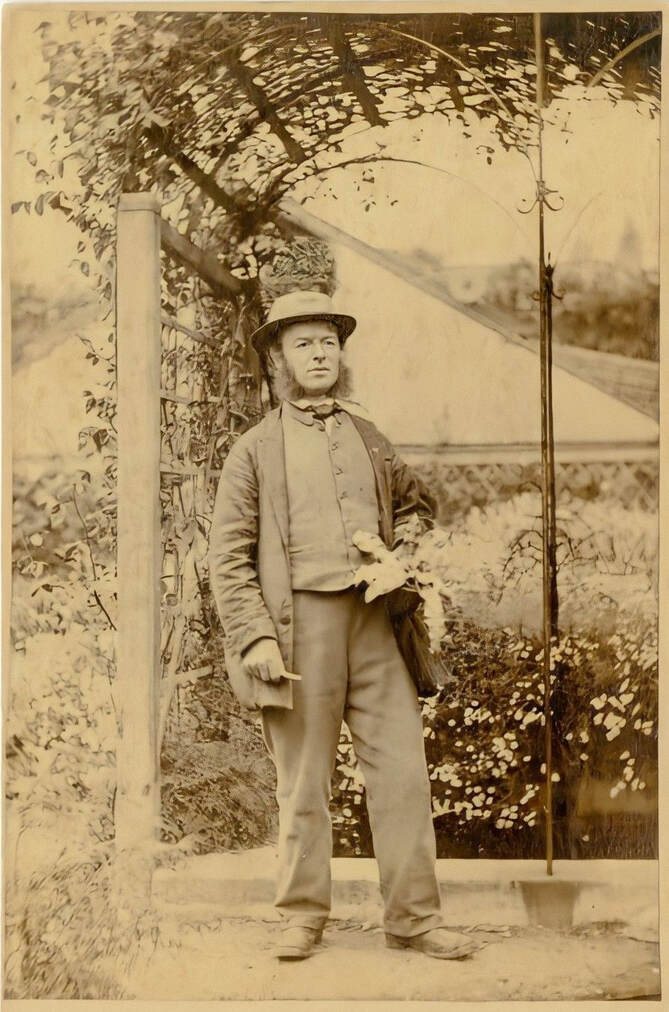
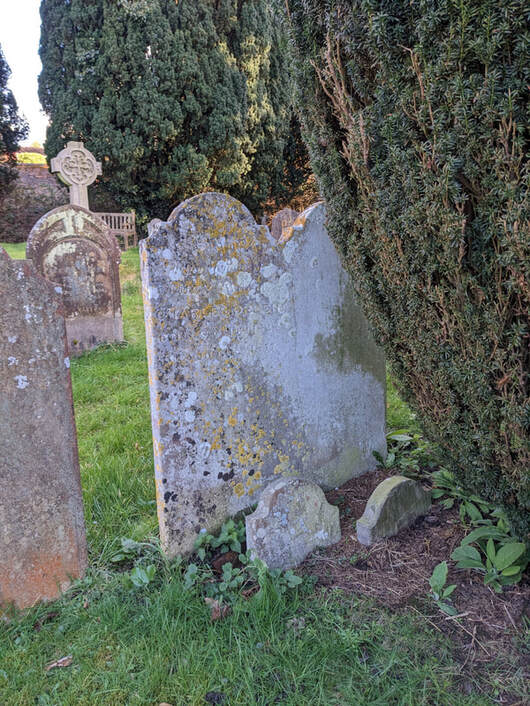
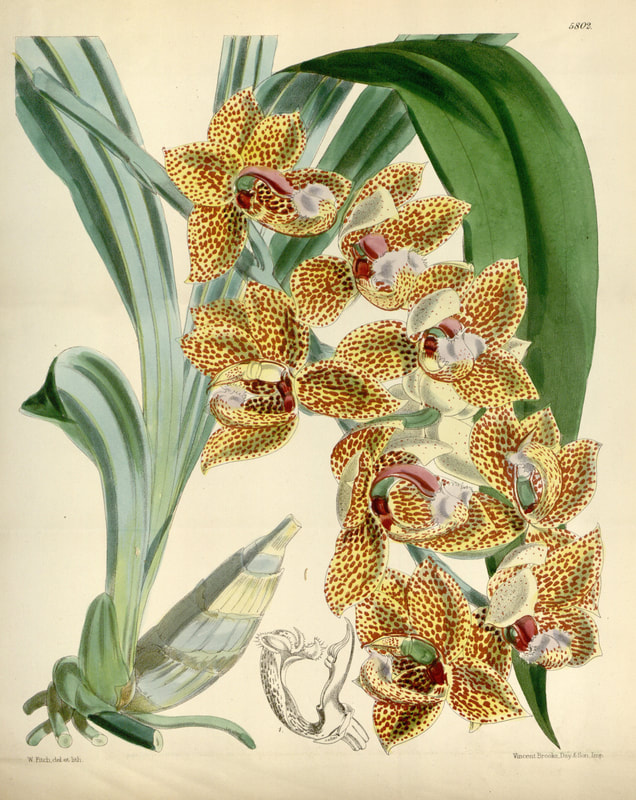
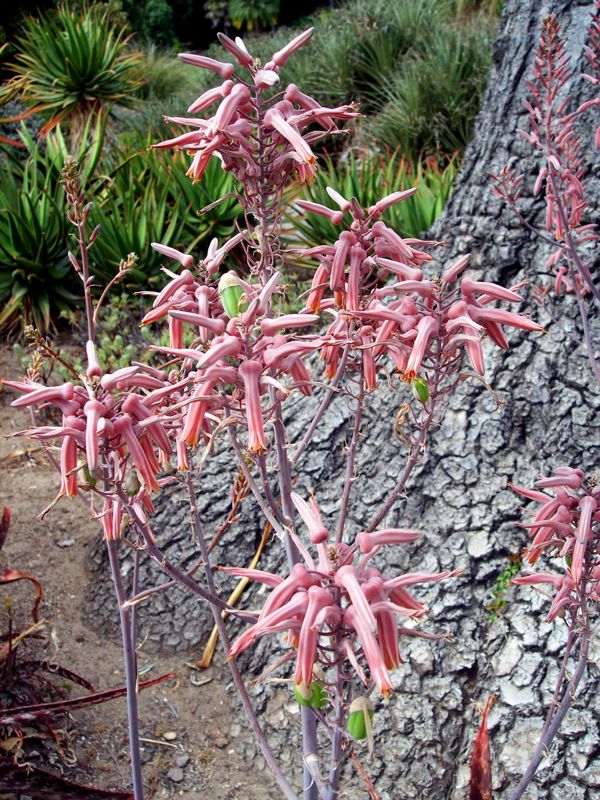
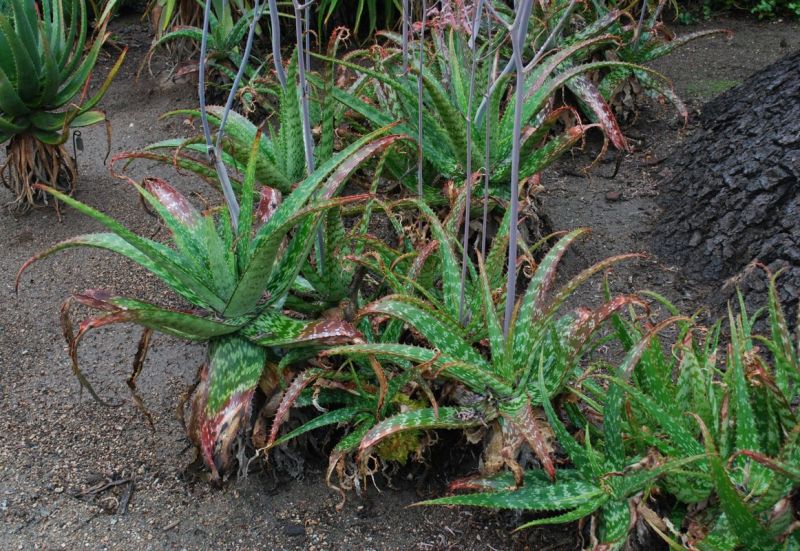
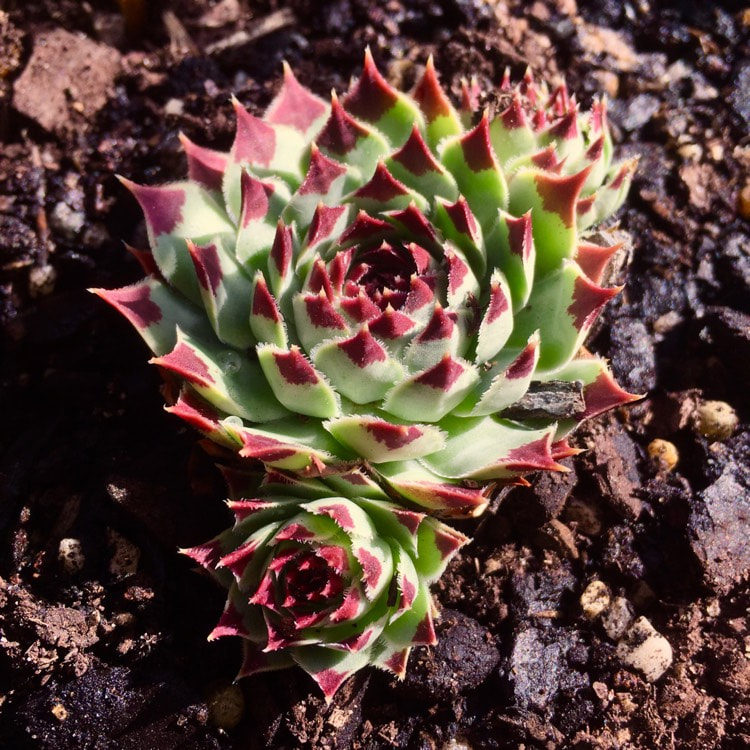

 RSS Feed
RSS Feed